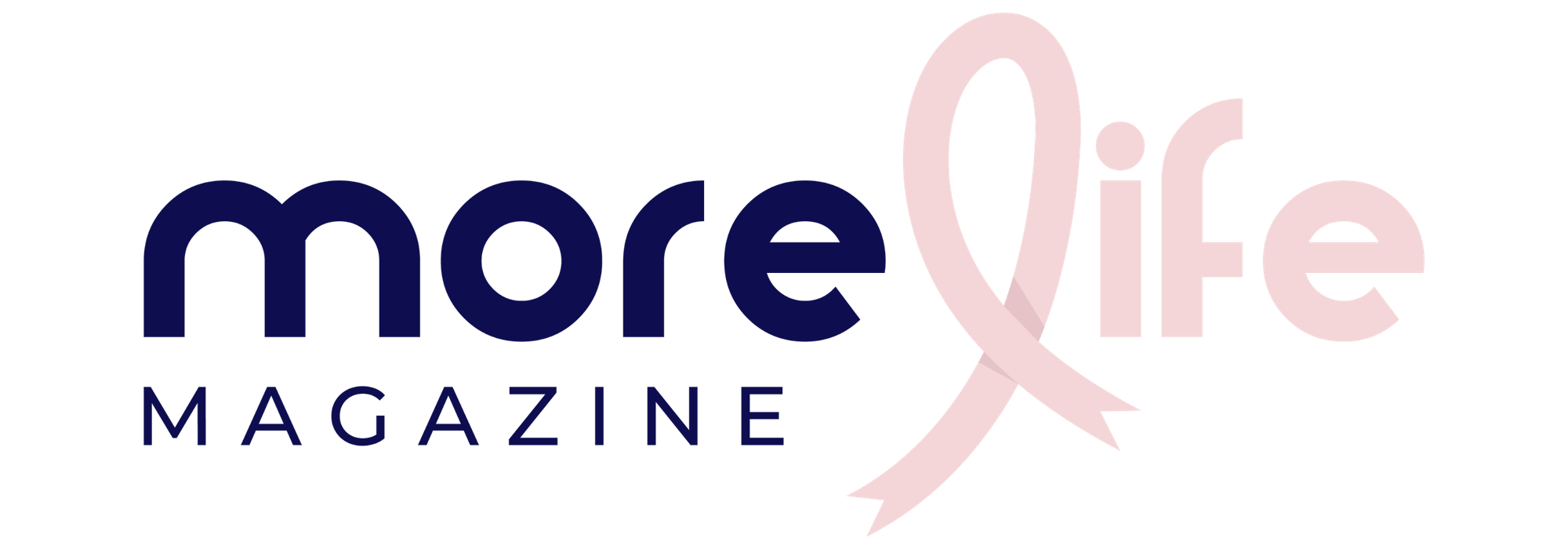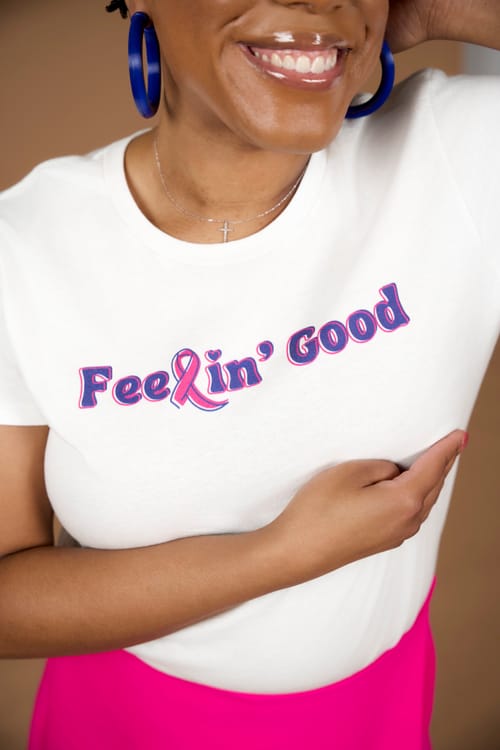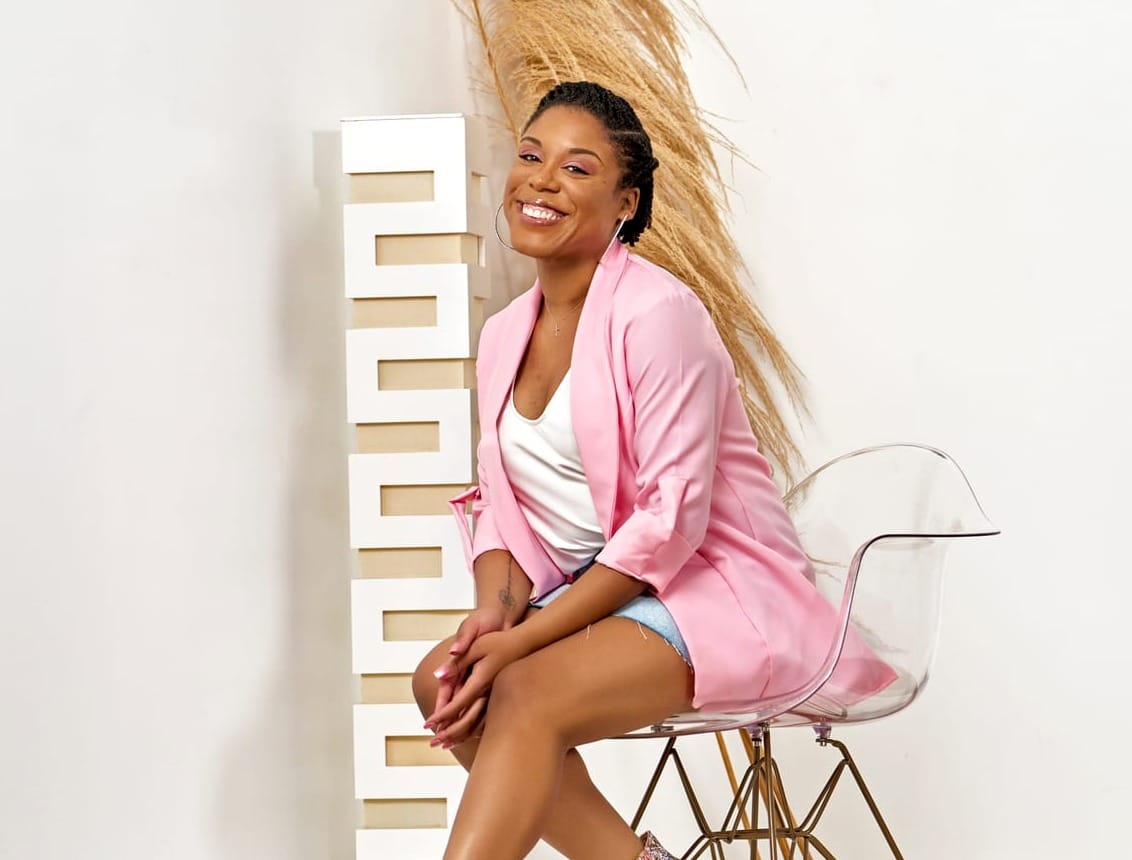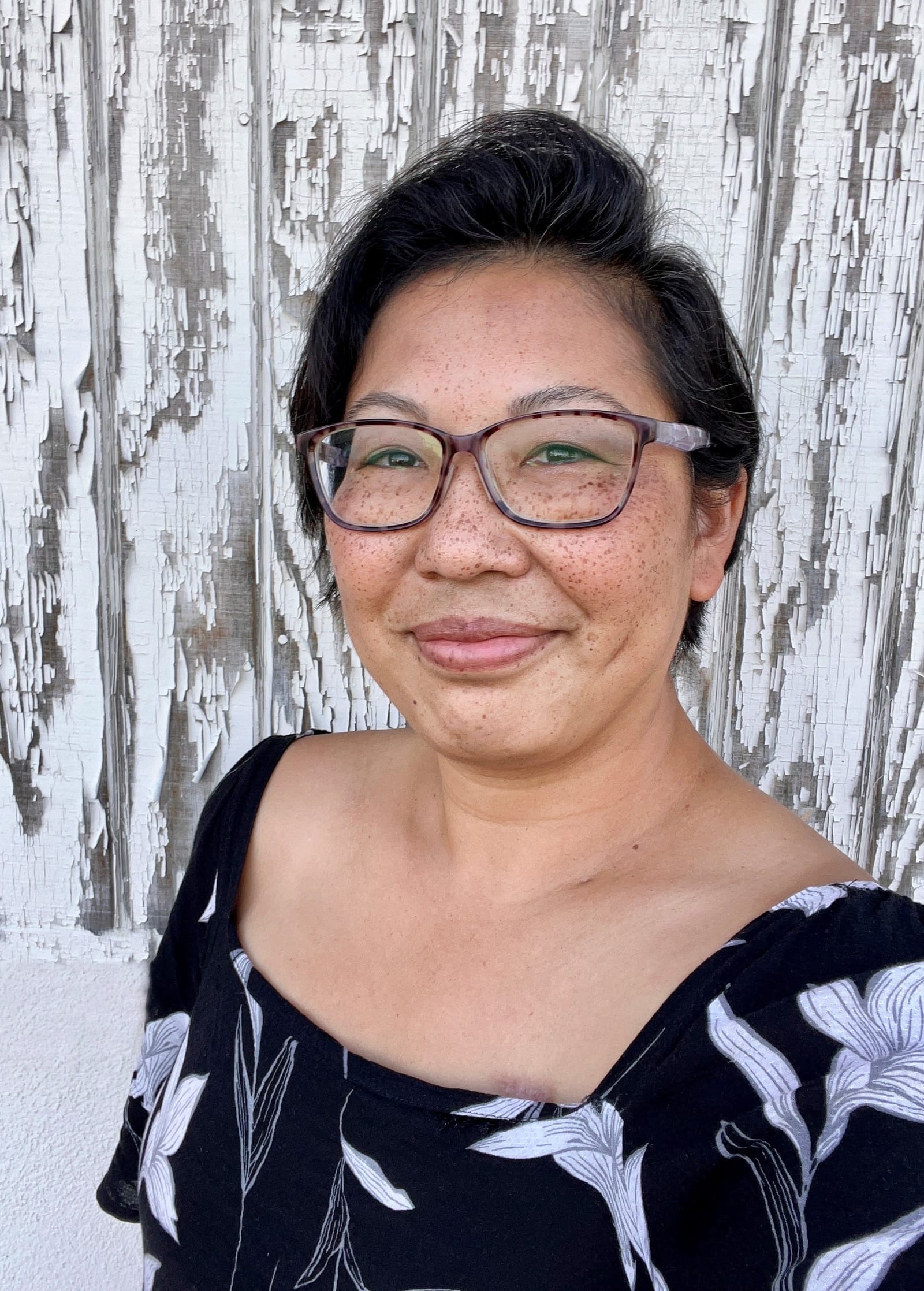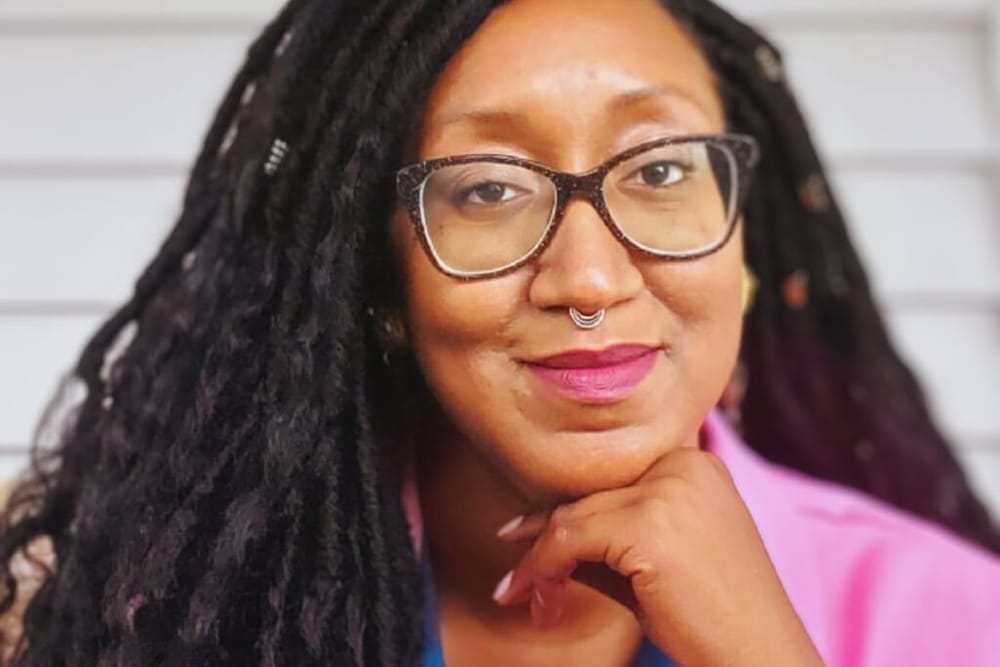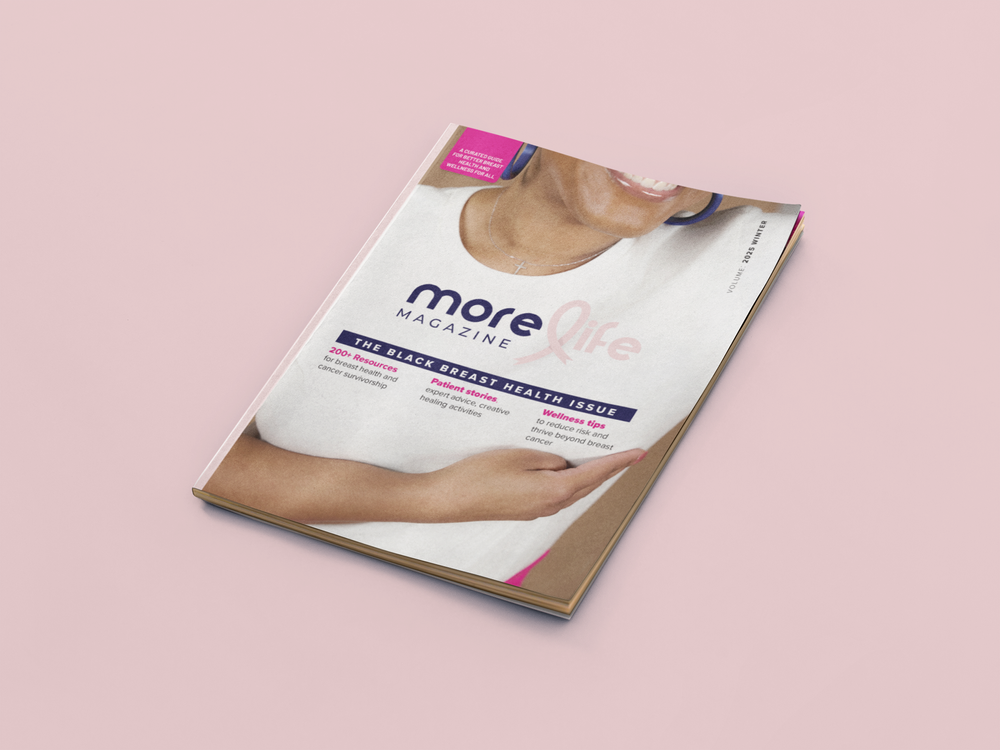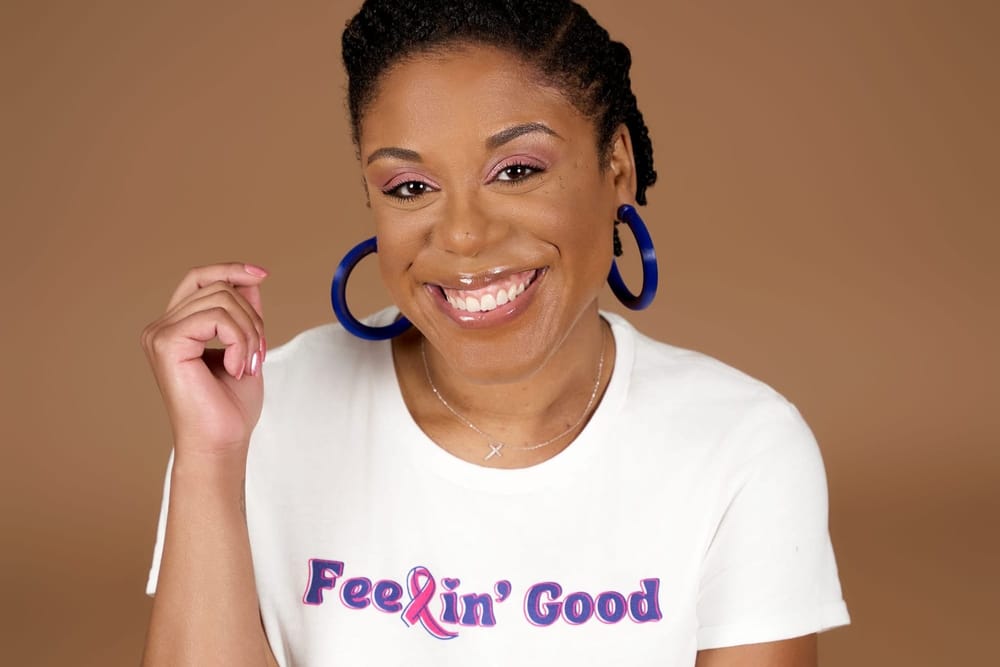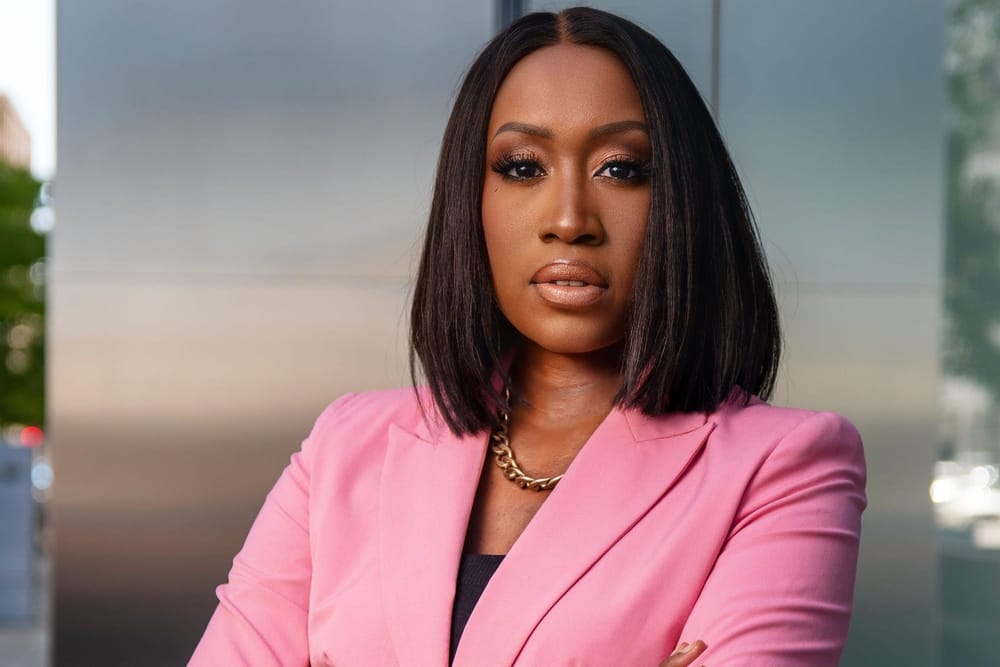By Jess Isomoto
When I was diagnosed with breast cancer, I immediately started shuffling through names in my head, trying to find someone I could talk to that had cancer.
Someone my age.
Someone like me.
Someone whose experience I trusted.
The good (and bad) news is I couldn’t think of anyone.
I had so many questions, ranging from the expected fearful ones to the lighter, superficial ones.
How bad is chemo, really?
Am I going to die?
What will I look like bald?
Will I get chemo curls?
What do radiation burns look like and are they permanent?
What is breast reconstruction?
How will I survive this?
No, seriously, does Asian hair grow back curly?
I turned to social media and searched hashtags like #breastcancer, #chemocurls, #breastcancersurvivor, but didn’t see a single Asian-looking person. So I tried #asianamericanbreastcancer, #asianchemocurls, #asianbreastcancer, and still found nothing. I cried.
Because first, it’s personal.
You look for someone like you because you want to see yourself in another survivor. I searched for videos of cancer patients ringing the bell so I could visualize myself finishing chemo.
Survival requires believing, and seeing is believing. I did the best I could to imagine myself in the pink ribbon world of breast cancer survivors, even though it was overwhelmingly populated by white women, grandmothers in their 50s and 60s, to whom I didn’t know how to relate.
The personal stories started to accumulate: other BIPOC (Black, Indigenous, People of Color) patients who hadn’t been told about the full range of treatment options, who weren’t offered the same pain meds or anti-anxiety meds as white patients, whose doctors didn’t educate them on long-term effects, and who didn’t know about supplemental treatments like physical therapy and lymphatic massage.
Then, after the personal, it becomes political.
Why can’t I find Asian American breast cancer survivors?
If they’re not easy to find in public, like in social media, are they being represented in clinical trials and research?
Are these medications going to work for me?
Is genetic testing going to detect anything in me, or is there not enough relevant data from other patients of Asian descent?
Why are breast cancer rates in Asian Americans rising more than in any other group?
I wonder if the “model minority” myth has found its way into the healthcare arena, allowing the medical community’s implicit biases to simply ignore Asian Americans. Or maybe we are not getting screenings or accessing preventative health care due to language barriers and a lack of education. Would a stereotype explain why many Asian cultures are less likely to share their health issues among family members, much less in public? Well, when there is insufficient research, data, and accessible public health initiatives, it's easy to reduce us to stereotypes.
In actuality, we need our data to be disaggregated to better show the truth of each Asian American subgroup, as well as allow Pacific Islander Americans and Native Hawaiians to receive their own unique focus.
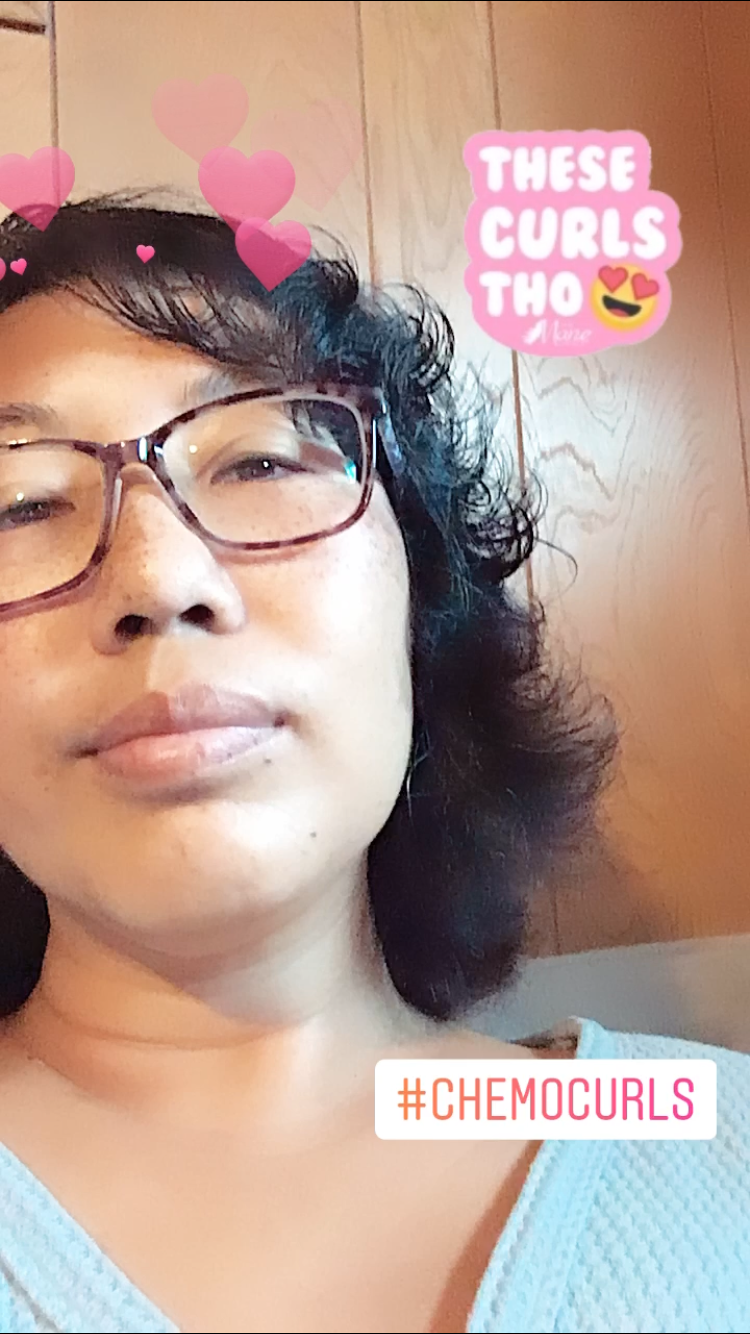
For me, I can start with representation. Showing up for my community by sharing my story and publicly advocating for health equity for Asian Americans and all BIPOC cancer survivors.
I want the next newly-diagnosed patient to not come up empty-handed when starting the worst, scariest internet search of their lives.
I want all of us to be able to find someone whose very existence proves that survival is possible.
And yes, my Asian hair did grow back with thick, wild chemo curls! It lasted for about a year and then my hair started growing straight again, similar to, but not exactly as before. Not that all Asian hair is the same, of course (our diversity is infinite), but maybe this is the reminder I needed to start that hashtag.
We want your feedback!
Did you learn something helpful or find a new resource? Tell us how we're doing by completing a short 5-question survey and get the chance to win a $25 Amazon gift card.
Take the Survey